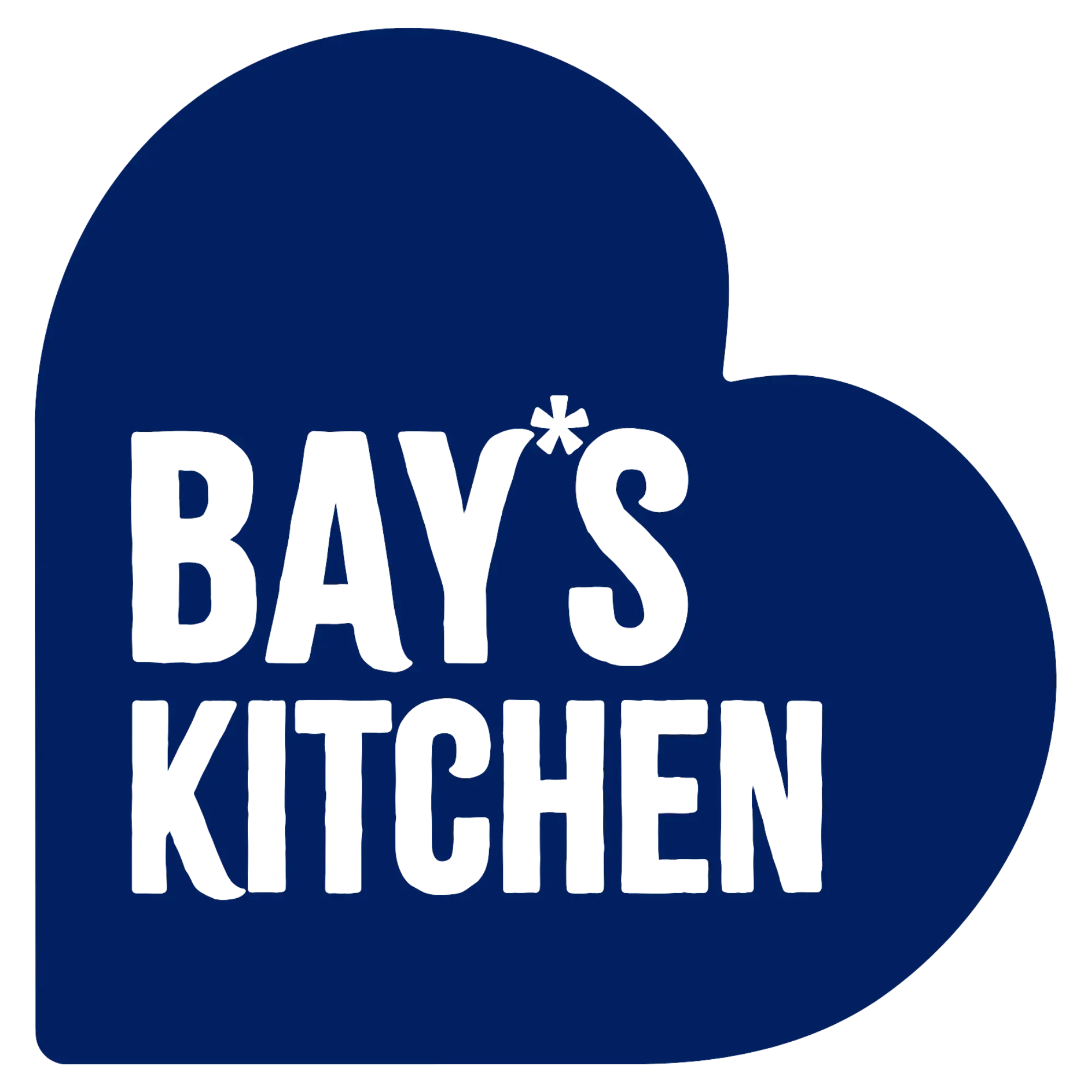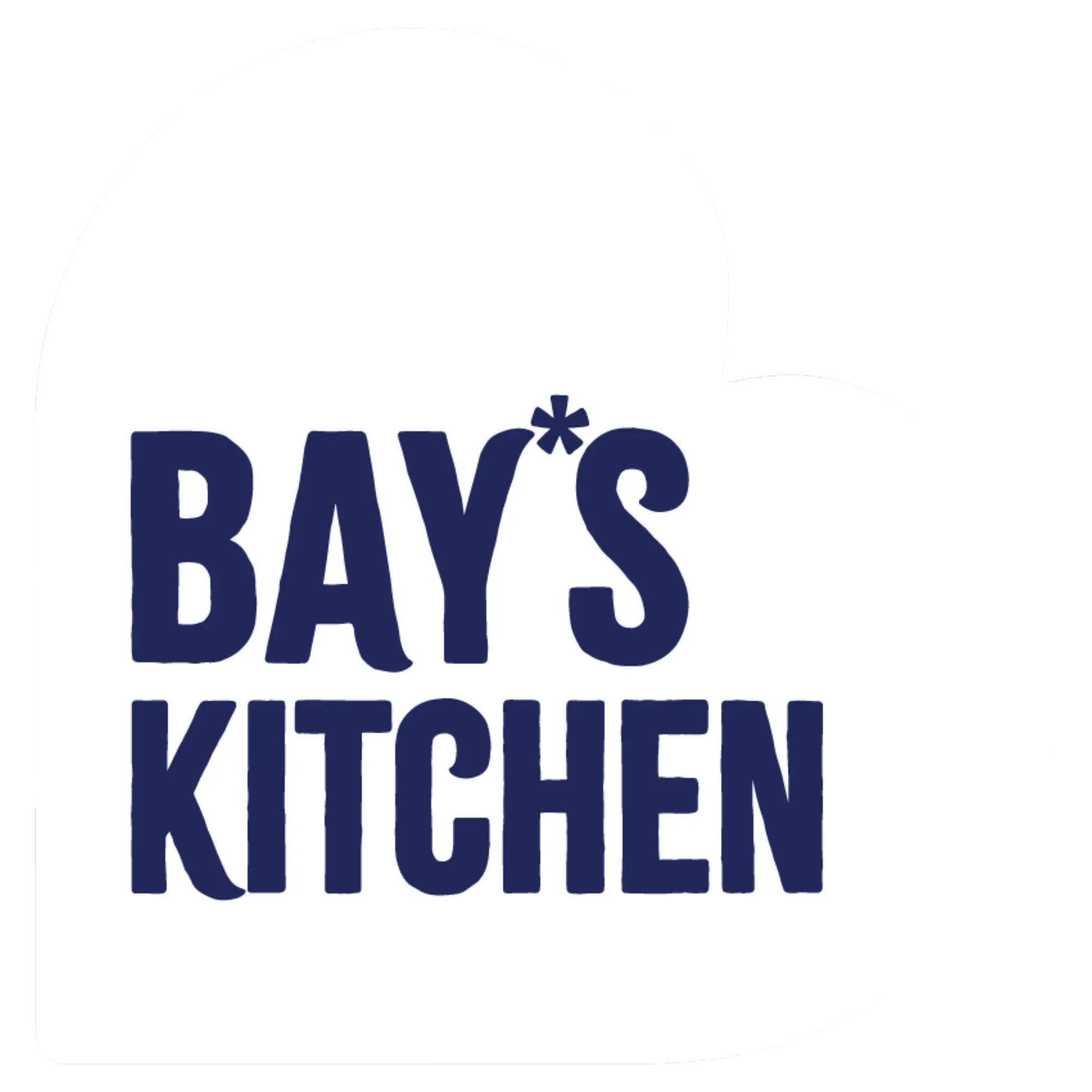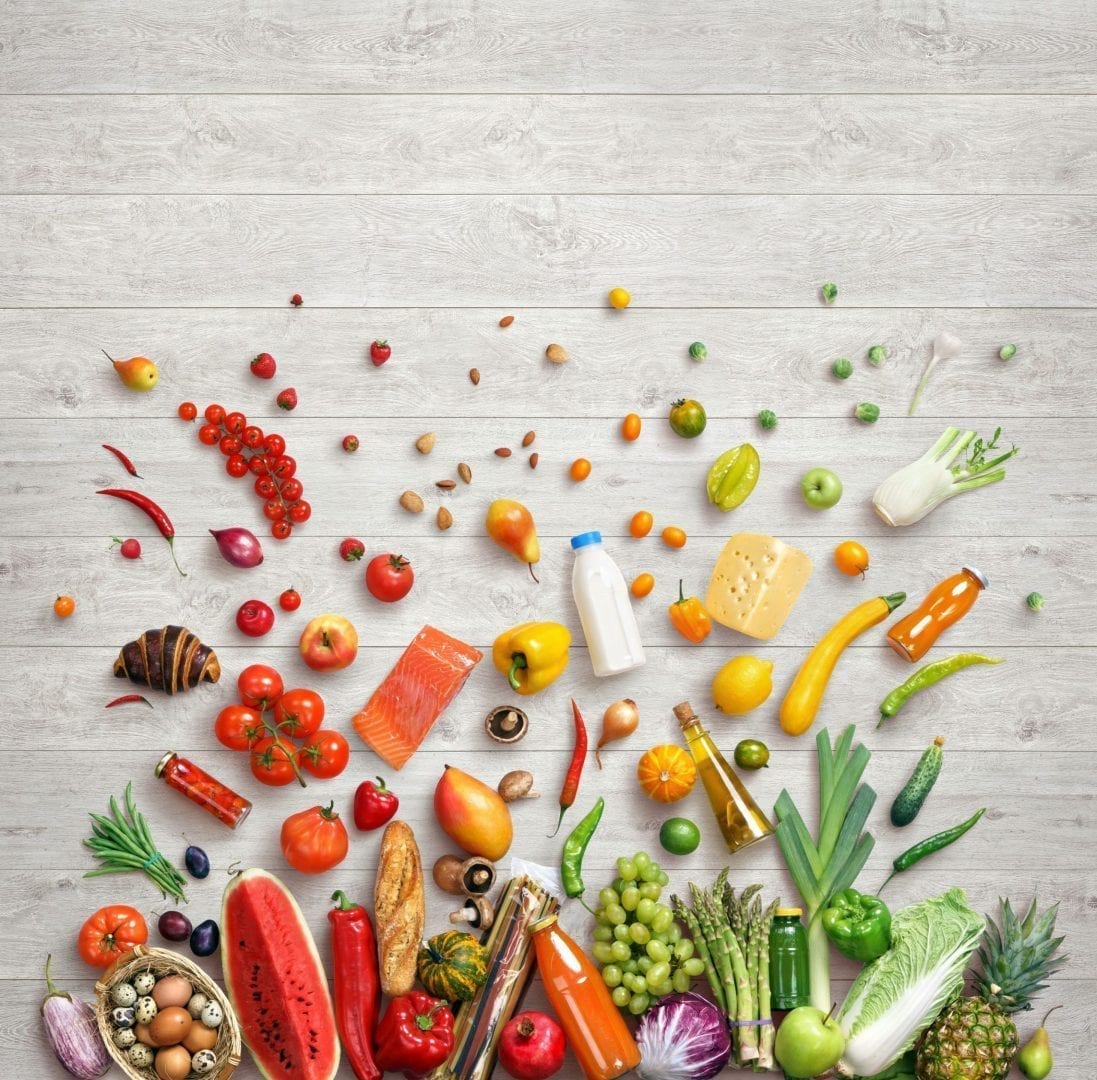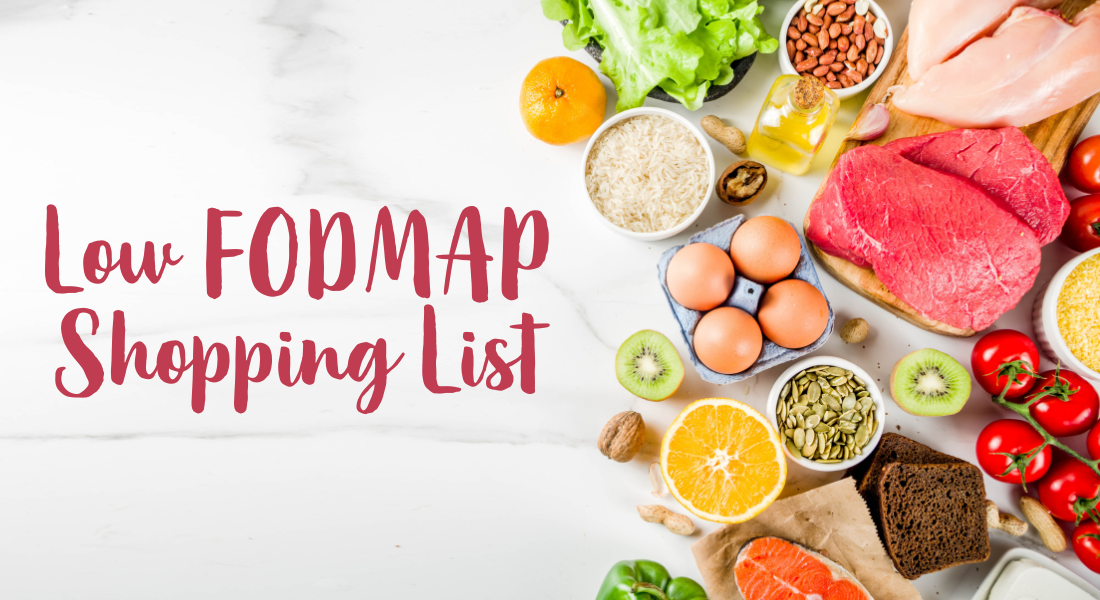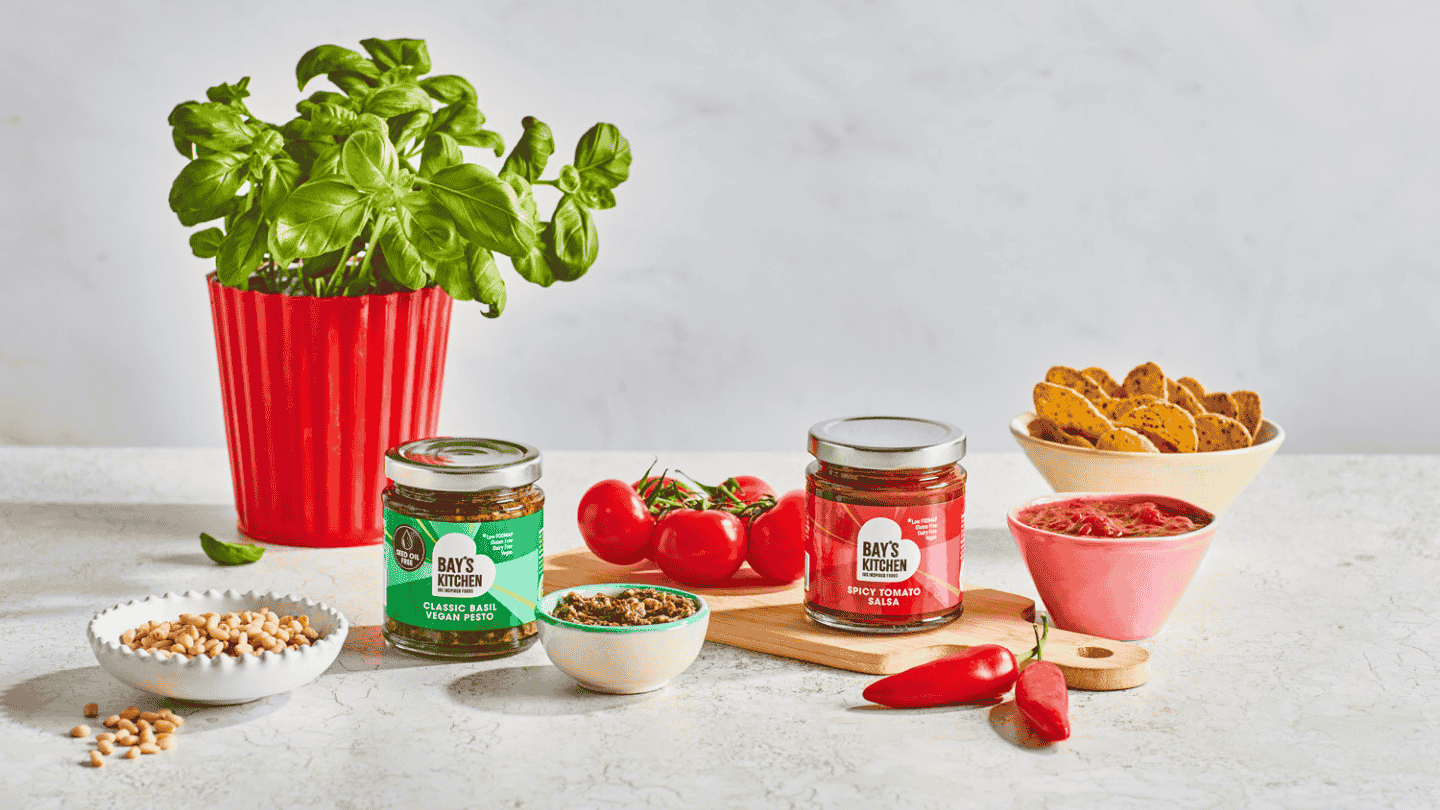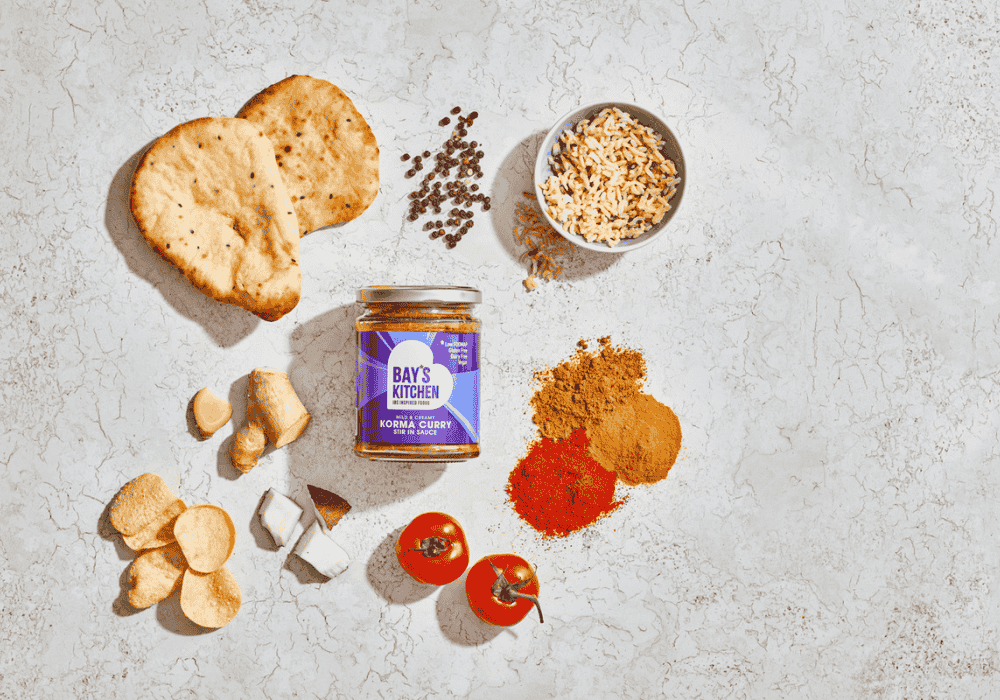Proven to help sufferers of IBS
Irritable Bowel Syndrome (IBS) affects more than 20% of the population. It’s a debilitating condition which can range from mild/infrequent symptoms to constant pain and suffering which takes over your life. Typical symptoms include a change in bowel habits (constipation and/or diarrhoea), bloating, fatigue, stomach cramps and back pain.
What is the Low FODMAP Diet?
It’s a scientifically proven diet to reduce and even eliminate the symptoms of IBS in over 75% of people who try it.
It works by completely removing high FODMAP ingredients such as onions, garlic, lentils, lactose and wheat, which are hard to digest, from your diet for a short period of time and then you reintroduce as many as you can to your own tolerance. The diet can be challenging, but totally worthwhile sticking to. Find details about the three phases of the diet below including some top tips along the way to help you succeed.
As with any diet, but particularly due to the large amount of foods you’ll eliminate to start with on this one, we cannot express enough how much we recommend you to seek advice and guidance from a registered and FODMAP trained dietician and ideally your GP too. The diet can be difficult to follow, and whilst you’re thinking of what meals you could make and scanning food labels for ingredients, you don’t want to worry about whether you’re getting enough fibre or nutrients etc. Ask your dietitian to help you create a balanced diet and meal plans – it’ll be worth it!
How do Bay’s Kitchen help?
We’ve spent a huge amount of time working with trained chefs and dieticians to create convenient, great tasting low FODMAP foods.
We send all our products for FODMAP Friendly Foods certification, so you can be safe in knowing they are suitable to eat whilst on the elimination stage of the diet.
We’ve focussed a lot on the flavour of our fodmap friendly products, to ensure you don’t have to compromise on taste – so yes, you’ll find award-winning fodmap friendly curry sauces without onion and garlic!
The three stages of a Low FODMAP Diet
ELIMINATION
The Elimination phase is by far the hardest to conquer but at least it’s out of the way first. The elimination phase should last for 2-6 weeks and this is where you remove ALL moderate and high FODMAP foods from your diet. Most people start to see a significant improvement in their symptoms after a week or two of being FODMAP Free! You should be in the Elimination stage for a maximum of 6 weeks (Time depends on how quickly your symptoms improve).
One of the hardest parts of this stage for our Founder Bay, wasn’t the will power to resist high FODMAP foods (the need to get rid of these symptoms far outweighed the desire for any high FODMAP foods!), it was learning and remembering which foods were safe! For this, she found the Monash app really helpful and years later still uses it regularly.
TOP TIP!
Remember to check serving sizes – whilst some foods can be moderate or high in FODMAP’s, you might find there is a smaller serving size which is safe, meaning you don’t have to eliminate that food altogether. An example of this is Beetroot – on the Monash App, Beetroot is High in FODMAPs (Oligos in this case) at 40g, but Low in FODMAPs at 20g.
TOP TIP!
Don’t start the elimination phase at a time when it will clash with something that will make the diet super hard to follow – like Christmas or your summer holiday. Once you are through the first few weeks of the diet, it will become easier and eventually become second nature to you. However, if you start the diet two weeks before Christmas, you won’t have had time to build up your routine and your will power to resist high FODMAP foods.
REINTRODUCTION
This stage is all about testing your body, to see which FODMAPs it can tolerate and at what quantities. Most people are able to reintroduce a selection of foods back into their diet and will single out the particular triggers which they will continue to avoid.
It is vitally important you go through this stage, to ensure you can reintroduce as many foods as your body will allow – which will give you a much more balanced diet, as well as make the diet easier to follow (particularly when eating out as you will eventually have a much smaller list of foods to avoid) and so it will give you more variety too!
It's a scary thought to try eating foods which you by now will think were causing the horrible IBS symptoms you had been suffering, however being on a super restrictive diet long term will alter and damage your gut microbiome, and therefore you will be worse off in the long run by sticking to an ultra restirctive diet passed the recommended time frames. This is why we strongly urge you to do the reintroduction stage and ideally get the help of a trained dietitian along the way.
SO, HOW TO GO ABOUT THE REINTRODUCTION PHASE?
There is lots of advice and many ways to go about doing this, but I will explain my version and you can discuss this with your dietitian to see if they agree and can help you with this.
- Continue with the elimination diet as you have been doing for the past 2-6weeks.
- Then every Monday introduce one new food and have a high FODMAP serve of that food for three consecutive days (Monday, Tuesday and Wednesday).
- For the following four days exclude the high FODMAP food from your diet again and monitor your symptoms. Depending on how you felt and the severity of any symptoms, you can determine if it was a successful reintroduction or not.
- You are then at another Monday at the start of a new week, by which time any symptoms from the previous test should have cleared allowing you to start the next reintroduction test.
Some foods, I would be fine with and have no flare up at all, whilst others I might react very quickly to or within the three days of testing it. If so I would stop consuming the food and carry on with my diet as it had been. Then by the following Monday my symptoms would have cleared and I would start the next reintroduction test.
TOP TIP!
If you react badly to a food, make sure you try to reintroduce it again at a later date and try with a smaller serving size to start. Just because it didn’t go well the first time, doesn’t mean that’s it – remember other factors play a part in our symptoms too like stress or lack of sleep. So it might not have been all down to that one food.
TOP TIP!
For the first four reintroduction tests, I would choose a food which is high in just one of the four categories, so for example:
- Honey – high in Fructose
- Cow’s milk – high in Lactose
- Garlic – high in Oligos
- Sweet potato – high in Polyols
Whilst it’s not quite as clear cut as this, if my Lactose and Oligos tests were successful, I would continue the reintroduction with a selection of foods high in Lactose and Polyols to see if they would be as successful. After I had managed to reintroduce some foods, I would then turn to the groups which weren’t so successful – Fructose and Oligos in my case. I haven’t managed to reintroduce garlic or onion to my diet, however there are other foods moderate in Oligos which I have found to be ok, for example beetroot.
The same goes for Fructose – I still can’t tolerate apples, but I can tolerate some mango. Everybody is different, so you need to go through the reintroduction process to find your tolerance levels to foods
CONTINUATION
Some people call this the Maintenance phase – but I think Maintenance sounds negative and hard work, so I like Continuation as you are continuing the success of the Low FODMAP Diet!
So, the continuation phase is just that – continue with the diet and include the foods you have successfully reintroduced. Now you know the foods you will be continuing to eat, your dietitian will be able to help you with meal plans and advise on any supplements to ensure you are getting a good balance of protein, fibre, fats, vitamins and minerals every day, to lead a healthy lifestyle.
Resources to help with an IBS Friendly, Low FODMAP Diet
To follow this diet through all stages there are a few things I have found helpful which I have included on further pages and blog posts;
- Top 5 resources for those suffering with IBS (in UK)
- FODMAP Help and Resources I have found useful
- An IBS & Low FODMAP Glossary which defines all those complex medical and technical words and acronyms
- What are the FODMAPs again?
- Check our FODMAP Friendly Certification
There’s lots more useful information about IBS and the Low FODMAP Diet in our FAQs section.
